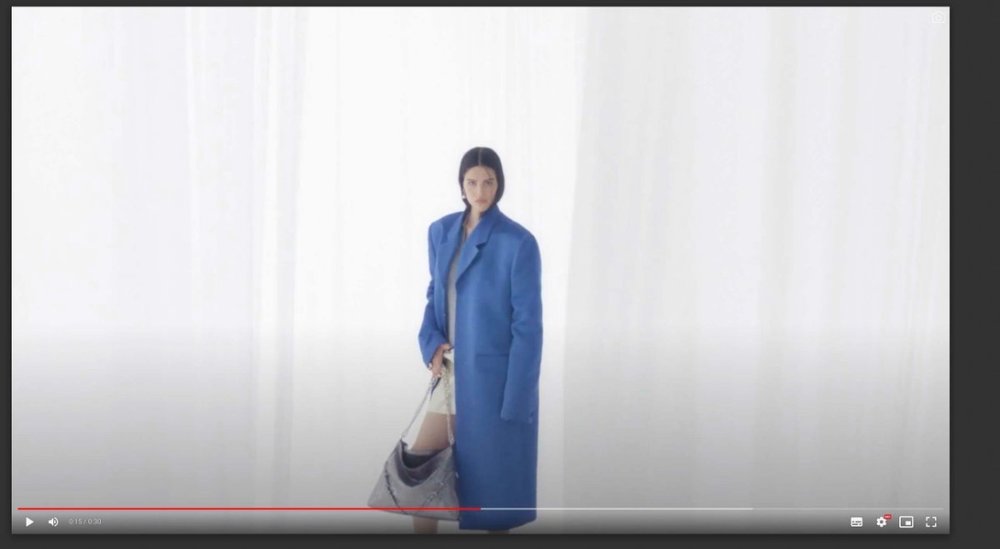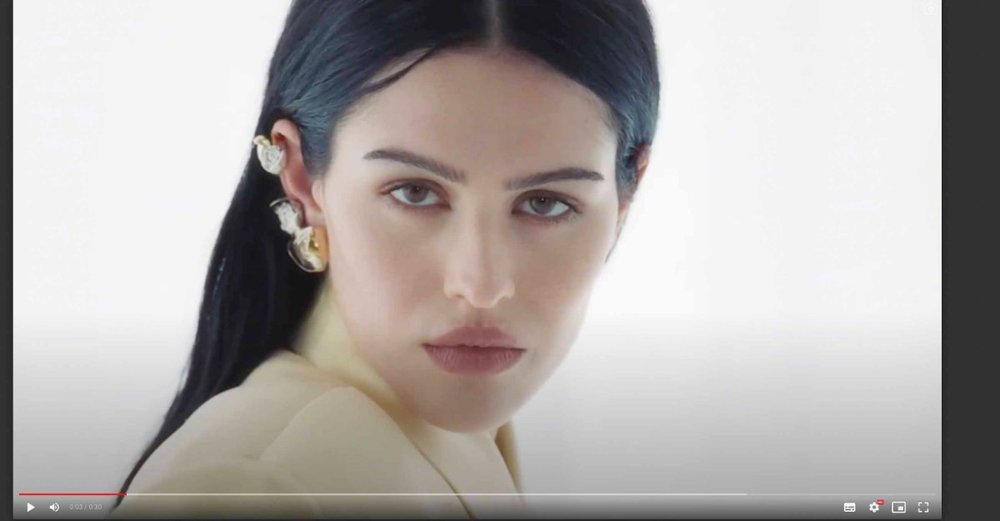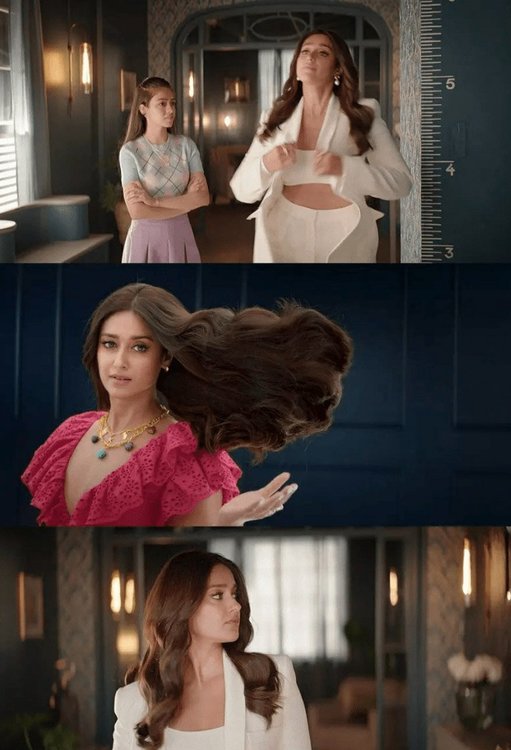
Nathaly Pinheiro
Basic Member-
Posts
29 -
Joined
-
Last visited
Profile Information
-
Occupation
Cinematographer
-
Location
Argentina
Recent Profile Visitors
The recent visitors block is disabled and is not being shown to other users.
-
Thankss David!!
-
Best light to mimic camera flash?
Nathaly Pinheiro replied to Marta Teixeira P. Simoes's topic in Lighting for Film & Video
Hi Marta, what did you ended up using? -
Hello, I have a question about the color temperature of lights and the white balance to achieve the look on this particular scene. Here's what I think, is it correct? White Balance: 6000K Key light for the students is created by bouncing a 4K HMI off unbleached muslin to achieve a soft effect. The backlight on the students and the light on the teacher: I'm uncertain whether it's a tungsten or an HMI (that is warmer due to the white balance setting) Room tone from inside using a Litemat 4: around what WB? https://ibb.co/Cnhpffw
-
Creating a big shaft of light
Nathaly Pinheiro replied to Chris Saul's topic in Lighting for Film & Video
And between the HMI PAR and HMI fresnel, what is the difference hen trying to create a shaft of light? Is it posible to do so with a fresnel or the PAR would be better¿ -
Hello, I have these reference images for a shooting. The camera is a Alexa Mini and Im considering using a Cooke lens, and I'm wondering if a diffusion filter would be necessary. I've watched some videos about diffusion filters like Glimmer Glass, etc. What would you recommend to achieve a similar look? Would a Glimmer Glass 1/2 be suitable for this? Another doubt is that the reference seems to be a curtain with light passing through it and that creates a ¨bloom¨. But we are shooting a studio with white walls that are suppose to look white-grey so it wont create a similar look, right? It´s just going to look softer?
-
HIGH KEY LIGHTING and LOW KEY LIGHTING
Nathaly Pinheiro replied to B. Sakthidoss's topic in Lighting for Film & Video
These two answers make it more clear. What was confusing me is that a lot of answers when talking about a high or low key image instead of talking about the overall look of the image (bright or dark), they refer to contrast ratios between key and fill. But you can have a low key image (predominant dark tones) and not necessarily a contrast ratio between key and fill with too much shadows, such as in this example below, right? This is a low key image with a low contrast ratio ? -
What about the Alexa Mini ? For example, If Im shooting RAW 3.4K Opengate (with a 16:9 frameline, ignoring the part of the image that is out of the 16:9 frame for this purpose), when changing to a RAW 2.8K is the a crop? Or the camera just downsample the 3.4K image to a 2.8K resolution file?
- 16 replies
-
- Arri Amira
- Arri Alexa
-
(and 2 more)
Tagged with:
-
Hello, I would like to understand the common approach when lighting a green screen outdoors. I understand that the green screen must be between 40-55 IRE. I have seen some behind the scenes that got me confused about when it is actually necessary to use artificial light for the green screen and when just the skylight is enough. The first two examples below were shot around 17h, before sunset. The first dp didn´t light the chroma at all while the other one used a skypanel with a chimera. So when shooting at this time of the day, what is the common approach? About the third example, usually when it is sunny I thought the skylight would be enough to light the green screen even if its in shade but there the dp used a 1.8HMI. Was it really necessary?
-
Filter order in a matte box.
Nathaly Pinheiro replied to Steven Buckwalter's topic in Camera Assistant / DIT & Gear
And what about nd and polarizer.. which one should go closer to the lens? -
Out of focus characters and greenscreen.
Nathaly Pinheiro replied to Thomas Fossgard's topic in General Discussion
English isnt my native language.. When people say that is refering to exposing the chroma evenly? This is one of my doubts about green screen. When using tracking marks, how sharp do they have to look in camera? I undestand I shouldnt be shooting very wide open otherwise they would look blurry but does any one has a visual reference? or an fstop interval recomended -
Foreground exposure and skin tones
Nathaly Pinheiro replied to Nathaly Pinheiro's topic in Visual Effects Cinematography
Thanks David. Could you explain why would an underxpose subject be a problem in a green screen when you want them to look underxpose in the final image? If the edges are sharp and with a good backlight to help separate them form the green screen, wouldn´t that be enough? And the chroma well lit of course -
Helloo, I understand that the lighting in foreground should be as similar as posible to what the replaced image will be, considering color, direction and angles of light but does it also apply the intensity of lights/exposure? For example, if the final image will be dark, should I expose a white actor around 70IRE and darken it in post? Or around 40IRE ? A teacher once said that the subject should never be exposed at the same level as the green screen, and the green screen should always be exposed for medium gray for better latitude. So, what if the actor has brown skin?
-
Hard light from the window - day interior
Nathaly Pinheiro replied to Nathaly Pinheiro's topic in Lighting for Film & Video
Great tip, never seen this. Thanks David, you always very helpful. And when blocking part of the light with a flag or window frame, do you also add a soft key light inside?







